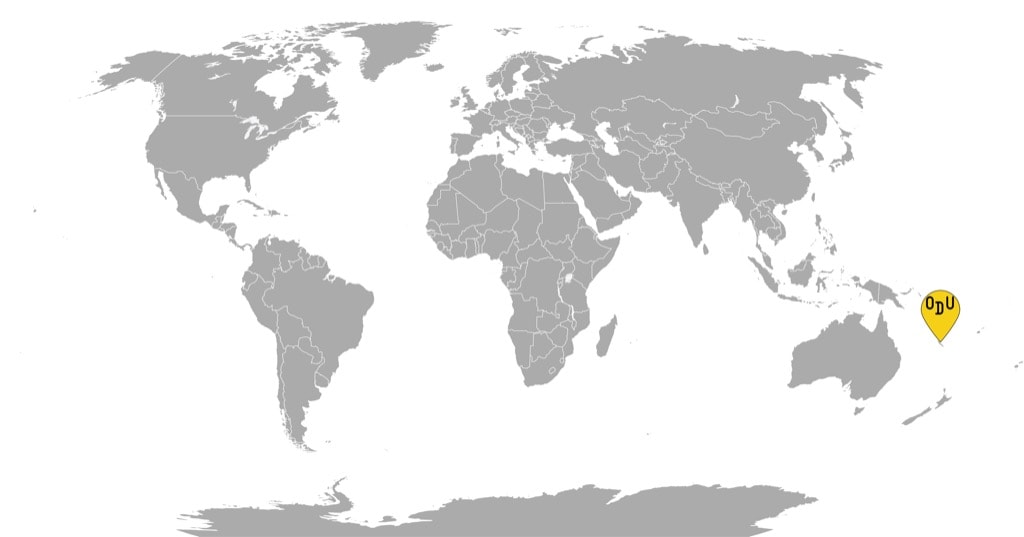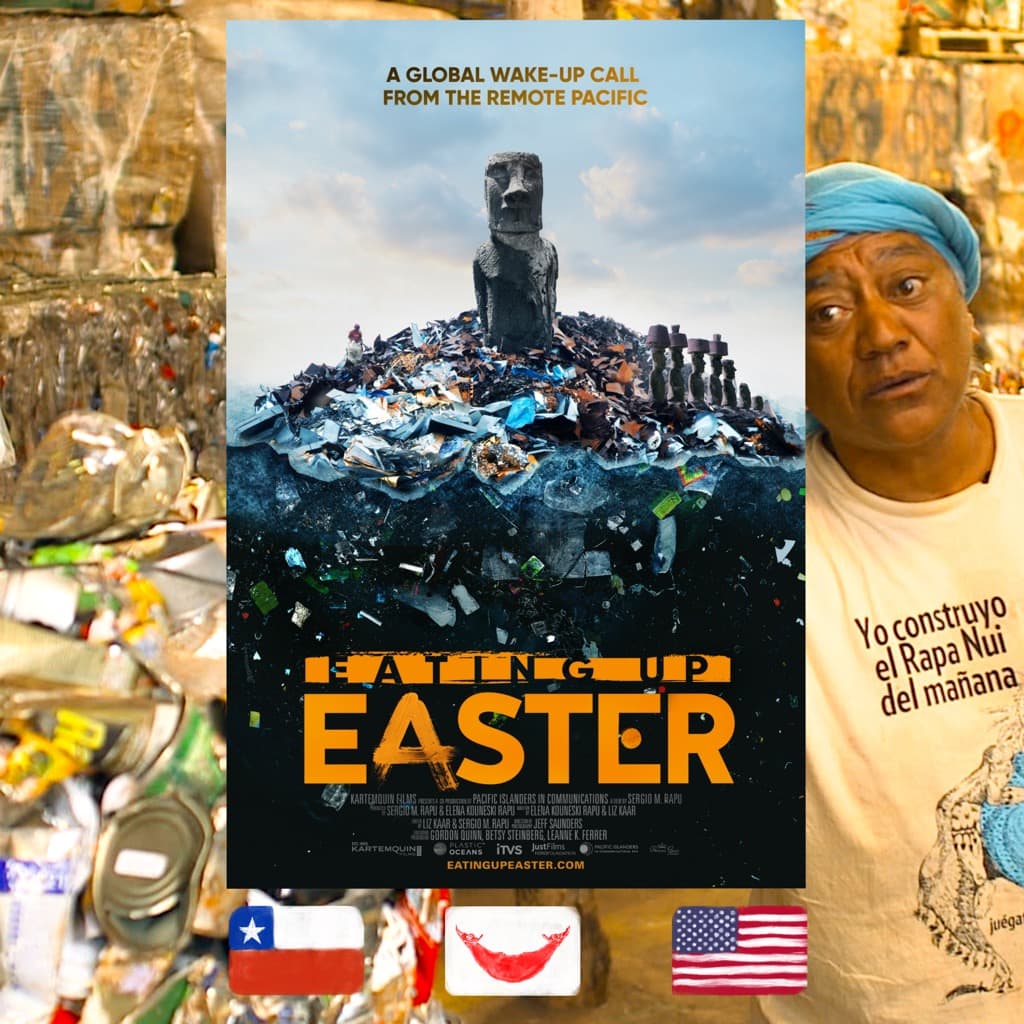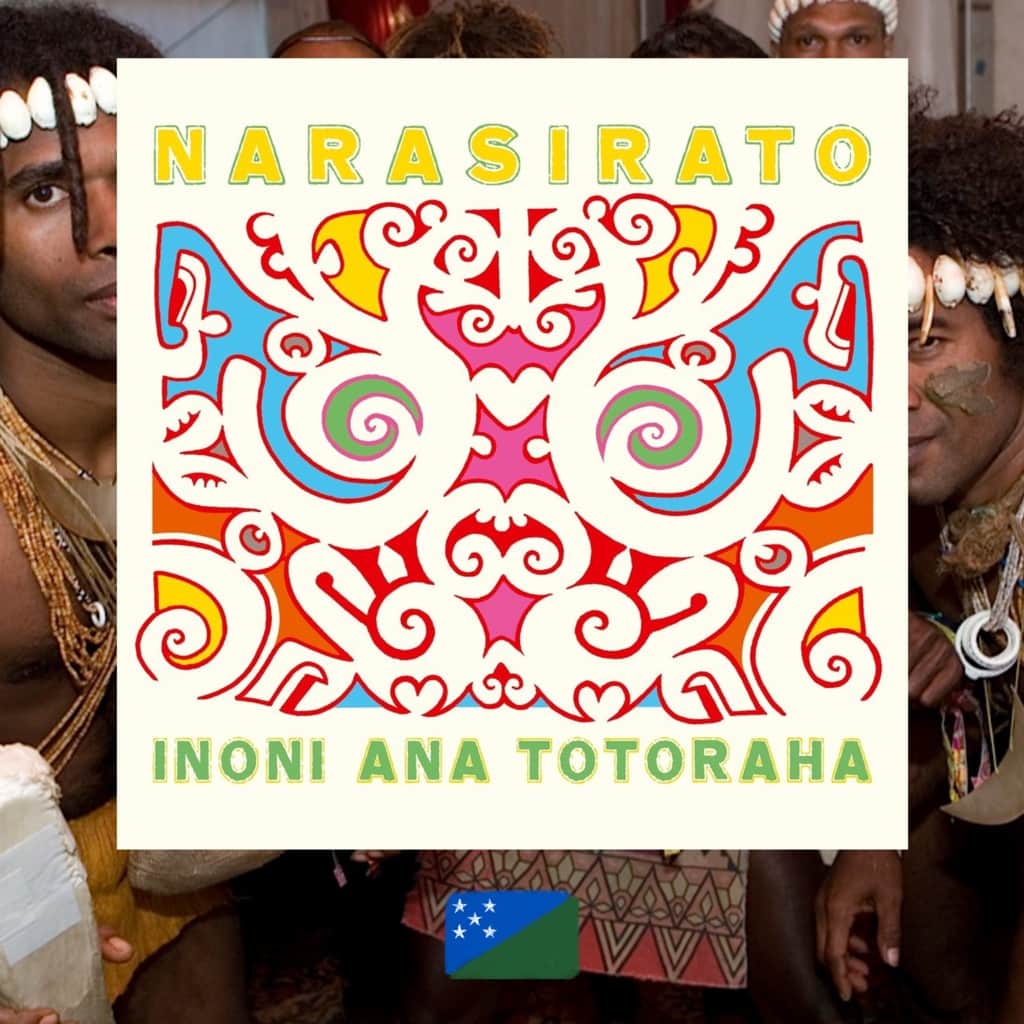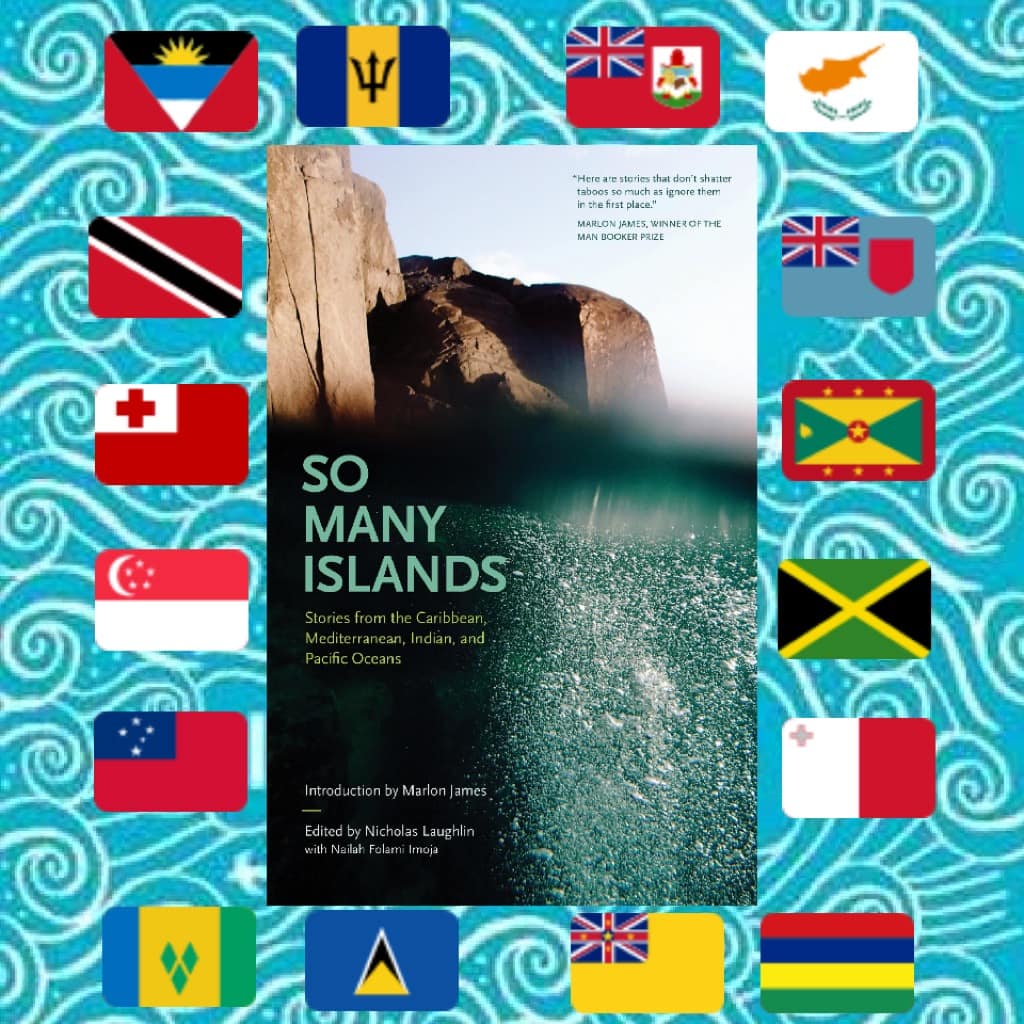Bamboo canes with intricate designs had been made by the Indigenous New Caledonians for generations. Micheline Néporon is adapting the technique to link the heritage of her ancestors to the future



FROM KANAK PEOPLE and NEW CALEDONIA
WHAT’S GOING ON: Kanak people, the indigenous inhabitants of New Caledonia, had been making bamboo canes since at least 1850. Pieces of bamboo of varying length, but usually around a meter long, were meticulously engraved with geometrical patterns or scenes of traditional Kanak life, such as agricultural work or hut construction, as well as stories about the ancestors and the very current, hot topics of the European invasion in late 19th-early 20th century. Sometimes the Kanak pilou dance was also depicted,—ceremonies of song, dance, and communion used to mark rites of passage. And it’s pretty meta because bamboo canes are often used in the pilou dance themselves as props that reinforce the dance’s expressiveness and may stand in for weapons and such. The other purposes for bamboo canes include protection from the spirits in people’s homes, when they are placed at the entrance or even stuffed with magical herbs that ward off evil. And they may be used as visual aids that help narrators of the ancestral histories keep track of particular events, which essentially makes them a form of writing. Today, New Caledonian artist Micheline Néporon is reviving the art form of engraved bamboo canes by making her own mesmerizing objects that show that the Kanak art has its deserved place in the current cultural narrative as well as a promising future.
WHO MADE IT: Micheline Néporon is a trailblazer: one of the first Kanak women to engage in art practice, as well as one of the leading figures of the Kanak cultural Renaissance. She started drawing in her twenties, in the time free from the many odd jobs she had to do for survival. However, her art practice did not take root until Néporon fell ill and was able to draw for extended periods during her convalescence. Realizing that her life’s vocation was in art, Néporon signed up for art classes with leading local artists. Initially, she operated on the canvas, and even though the bamboo canes were a significant inspiration when she saw them exhibited at the Musée de Nouvelle Caledonie, Néporon adapted their motifs using watercolors, acrylics, and ink but never engraved on the bamboo directly. It was only in the nineties, after a decade of exhibiting her work, studying abroad in France, and participating in cultural exchange with other communities, that she felt ready to attempt the traditional art form by working with the bamboo directly. She follows the traditional methods of engraving and then holds the bamboo canes over the fire to give the pattern a darker, more expressive patina. Still, Néporon’s subject matter is not limited to that of her ancestors. Although she often returns to the established plots of hut-building, fishing, or the pilou dance, she also incorporates contemporary life in her bamboo designs and paintings. Men with briefcases wearing suits, Westernized bands with guitars and drams, as well as catastrophic scenes of alcohol abuse and car accidents, are just some of the images that populate Néporon’s bamboo storytelling by giving the medium a shot of rejuvenation.
WHY DO WE CARE: It’s worth noting that Néporon first became inspired with her heritage at the age of 20 when attending the 1975 Mélanésia 2000 festival, a benchmark event organized by the independence movement leader Jean-Marie Tjibaou that became the first showcase of Kanak heritage. Much like other Kanaks, who had been Westernized in their upbringing and education prior to the festival, Néporon was fascinated and invigorated to learn that she, too, came from a rich heritage. Meanwhile, the seed of inspiration implanted in her by the event continued to germinate. The seventies in general were an era of Kanak revival, followed by a decade of strife for independence and violence, which resulted in the death of Tjibaou himself, as he was gunned down by a more radical Kanak independence fighter for brokering peace with France. The first referendum on the colony’s independence was held in 1987, with the majority voting “remain,” and many Kanak factions boycotting. The repeat referendum occurred in 2018. The overall majority voted against independence once again, but a demographic analysis of the vote showed that regions with higher concentrations of Kanaks were those favoring independence more consistently than metro areas and the European-Caledonian demographic. However, much like in many other places where indigenous cultures are forced to coexist with a colonizing force, Kanak people remain proud and productive in their honoring of their civilization. The more formal attempt to galvanize Kanak heritage in the form of the Jean-Marie Tjibaou Cultural Center stands on the ground where the Mélanésia 2000 festival occurred. But it’s the work of artists like Micheline Néporon that is genuinely able to make the connection between Kanak history and Kanak future possible.
WHY YOU NEED TO PAY ATTENTION: Indigenous art forms are beautiful, expressive and meaningful, but observing them at strongholds of colonialism, such as the ethnographic museums, while definitely the only choice for anyone living in a Western megapolis, drains the objects of their vitality and purpose. Besides, it allows for the false assumption that the indigenous culture is something obsolete, obliterated by the onslaught of the Western uniformity. Like other indigenous cultures, Kanak heritage is more than just exoticized pages about a bygone culture out of anthropology books, but a living ecosystem, in which art forms are revived, reimagined and repurposed, with reverence to the ancestors and resolve for the new day. Before she considered herself ready to take on bamboo cane carving, Micheline Néporon spent a month back home with her native Unia tribe in the Yaté region of the main island and participated heavily in various traditional rituals, where bamboo canes were used. Going back to her roots allowed for a broader awareness of where she came from, and the interaction with the esteemed objects allowed a holistic approach to the carving technique. When speaking of her time spent in France as she studied in Bordeaux and Marseille, Néporon said that becoming immersed in the Western culture made her only more conscious of the wealth of culture that she possessed as a Kanak. And in turn, getting acquainted with the Kanak culture through Néporon’s works will serve to profoundly enrich anyone outside of New Caledonia and introduce new ways of preserving, interpreting, and cherishing that may be the only successful tool against globalization that one has.
An in-depth article on the bamboo canes and Micheline Néporon
For more content like this sign up for our weekly newsletter
MORE MICHELINE NÉPORON




























